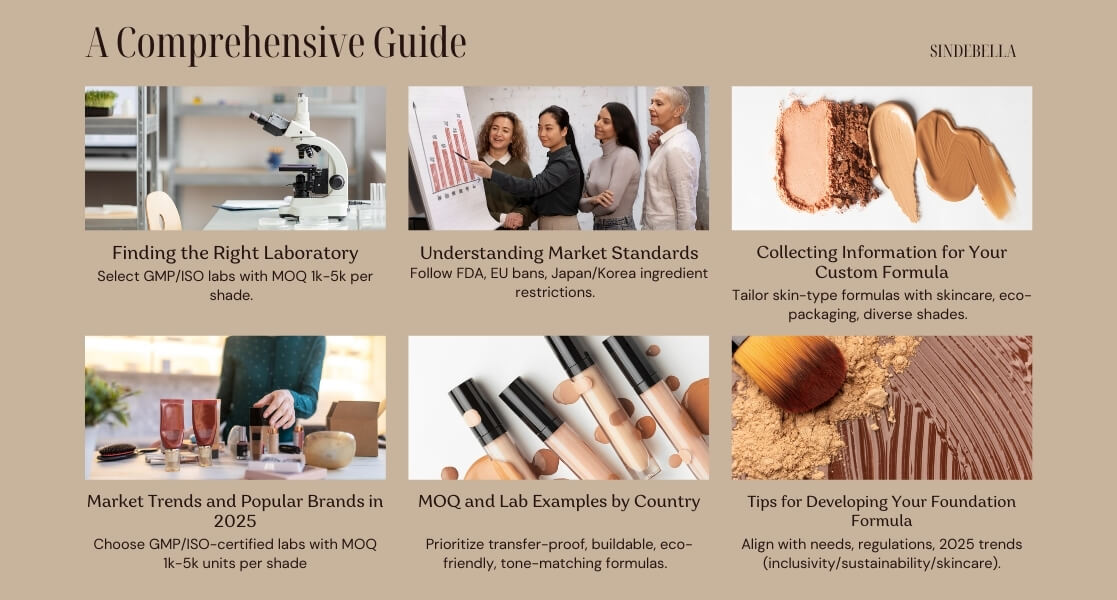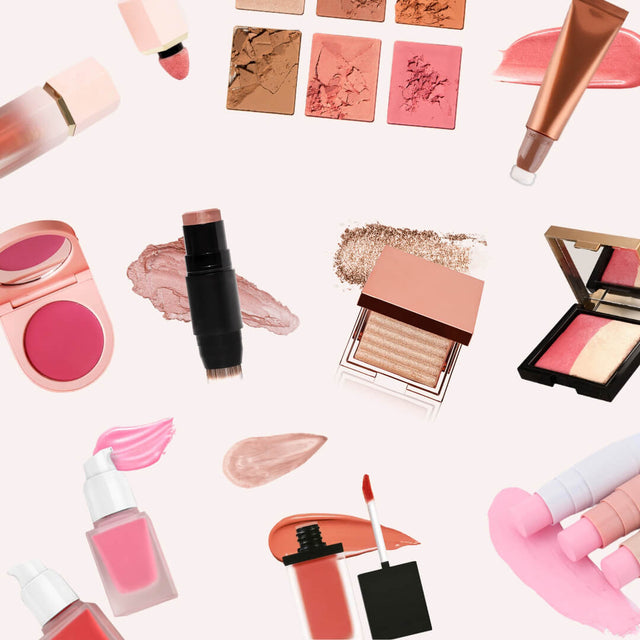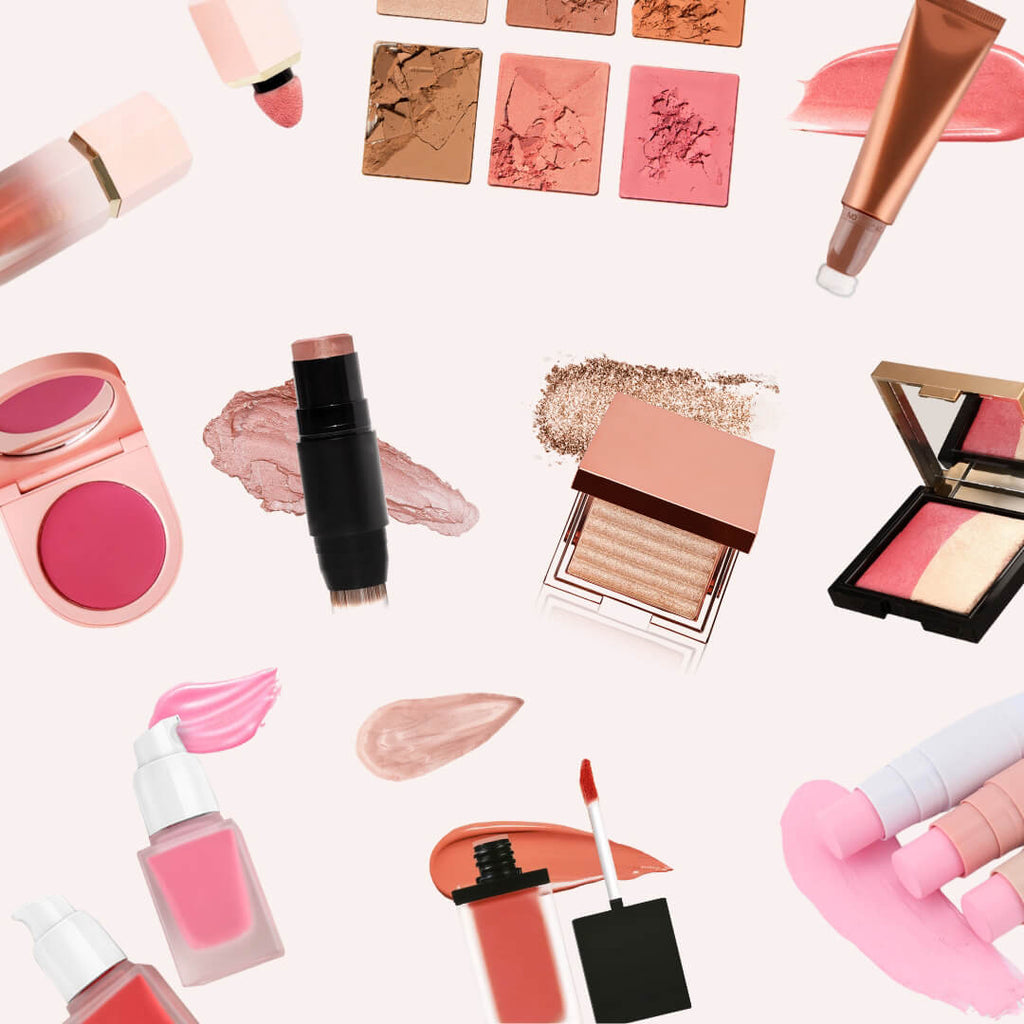
How to Customize Your Foundation Formula: A Comprehensive Guide
Creating a custom foundation formula is an exciting venture, especially in 2025, when the beauty industry is more innovative and inclusive than ever. Whether you're a budding entrepreneur or an established brand looking to expand your product line, this guide will walk you through the process of customizing your foundation formula, from finding a lab to understanding market trends and development strategies.
Step 1: Finding the Right Laboratory
The first step in creating a custom foundation formula is to find a reliable laboratory. Here’s how to do it:
- Research and Recommendations: Start by researching labs that specialize in cosmetics formulation. Look for labs with a strong reputation in the beauty industry. You can also seek recommendations from other brands or industry professionals.
- Certifications and Standards: Ensure the lab follows Good Manufacturing Practices (GMP) and has necessary certifications like ISO 22716 (Cosmetics Good Manufacturing Practices). These certifications guarantee that the lab adheres to high-quality standards.
- Samples and Testing: Request samples of their previous work to assess the quality. A good lab will provide samples and allow you to test their formulations.
- Minimum Order Quantity (MOQ): Discuss the MOQ with the lab. Typically, the MOQ for custom foundation formulations ranges from 1,000 to 5,000 units per shade, depending on the country and lab.
Step 2: Understanding Market Standards
Before diving into formulation, it’s crucial to understand the standards and regulations in different markets:
- USA: The FDA regulates cosmetics, focusing on safety and proper labeling. Ensure your foundation meets FDA guidelines, especially regarding ingredient safety and labeling requirements.
- EU: The EU has stringent regulations under the EU Cosmetics Regulation (EC) No 1223/2009. This includes banned substances, restricted ingredients, and mandatory safety assessments.
- Japan: Japan’s Ministry of Health, Labour, and Welfare (MHLW) regulates cosmetics. The country has specific restrictions on ingredients like hydroquinone and requires thorough safety testing.
- South Korea: Known for its advanced beauty industry, South Korea follows the Korea Food and Drug Administration (KFDA) regulations. The country emphasizes innovative formulations and high-quality standards.
Step 3: Collecting Information for Your Custom Formula
Before approaching a lab, gather the following information to ensure your foundation meets your vision:
- Target Audience: Identify your target demographic. Are you catering to oily, dry, or combination skin types? Is your audience looking for full coverage or a natural finish?
- Desired Finish and Coverage: Decide on the finish (matte, dewy, satin) and coverage (light, medium, full) you want your foundation to have.
- Key Ingredients: Research ingredients that align with your brand’s values. For example, if you’re targeting eco-conscious consumers, consider vegan and cruelty-free ingredients.
- Shade Range: Determine the number of shades you want to offer. In 2025, inclusivity is key, so consider a wide range of shades to cater to diverse skin tones.
- Packaging: Think about the type of packaging you want. Sustainable packaging is a growing trend, so consider eco-friendly options.
Step 4: Market Trends and Popular Brands in 2025
Understanding current market trends can help you position your foundation effectively. Here are some popular brands and their unique selling points (USPs) in 2025:
- Fenty Beauty: Known for its inclusive shade range (50+ shades) and lightweight, long-wear formula. Fenty’s Pro Filt’r Soft Matte Longwear Foundation remains a bestseller.
- NARS Natural Radiant Longwear Foundation: Offers a radiant finish with buildable coverage. Its USP is its 16-hour wear and skin-improving benefits.
- Estée Lauder Double Wear Foundation: A cult favorite for its full coverage and matte finish that lasts up to 24 hours.
- Shiseido Synchro Skin Self-Refreshing Foundation: Popular in Japan, this foundation adapts to your skin’s condition throughout the day, offering a natural finish.
- Laneige Layering Cover Cushion Foundation: A Korean favorite, this cushion foundation provides buildable coverage with a dewy finish and skincare benefits.
Step 5: MOQ and Lab Examples by Country
Here’s a breakdown of typical MOQs and lab examples in different countries:
- USA: MOQ is usually around 1,000-3,000 units per shade. Example: TKB Trading (California) offers custom formulation services with a focus on natural and organic ingredients.
- EU: MOQ ranges from 2,000-5,000 units per shade. Example: Cosmetica Laboratories (Italy) specializes in high-quality, luxury formulations.
- Japan: MOQ is typically 2,000-5,000 units per shade. Example: Noevir is a leading Japanese lab known for its innovative skincare-infused foundations.
- South Korea: MOQ is around 2,000-5,000 units per shade. Example: Kolmar Korea is a top lab that works with brands like Innisfree and Laneige, offering advanced cushion foundation technology.
Step 6: Tips for Developing Your Foundation Formula
Here are some tips and development directions to consider when creating your custom foundation:
- Focus on Inclusivity: Offer a wide shade range to cater to all skin tones. In 2025, inclusivity is not just a trend but a necessity.
- Incorporate Skincare Benefits: Consumers are increasingly looking for makeup that doubles as skincare. Consider adding ingredients like hyaluronic acid, niacinamide, or SPF.
- Sustainability: Use eco-friendly ingredients and packaging. Brands like Ilia Beauty have set a precedent with their clean, sustainable formulations.
- Long-Wear and Transfer-Resistant Formulas: In 2025, consumers prioritize long-lasting foundations that don’t transfer onto masks or clothing.
- Customizable Coverage: Develop a formula that allows users to build coverage from light to full, catering to different preferences.
- Adaptive Technology: Consider foundations that adapt to skin tone or condition, like Shiseido’s Synchro Skin Foundation.
Conclusion
Customizing your foundation formula is a rewarding process that requires careful planning, research, and collaboration with the right lab. By understanding market trends, gathering the necessary information, and focusing on inclusivity and innovation, you can create a foundation that stands out in the competitive beauty industry of 2025. Whether you’re targeting the US, EU, Japan, or South Korea, the key to success lies in offering a high-quality, inclusive, and sustainable product that meets the needs of your target audience. Start your journey today and watch your custom foundation become the next big thing in beauty!



